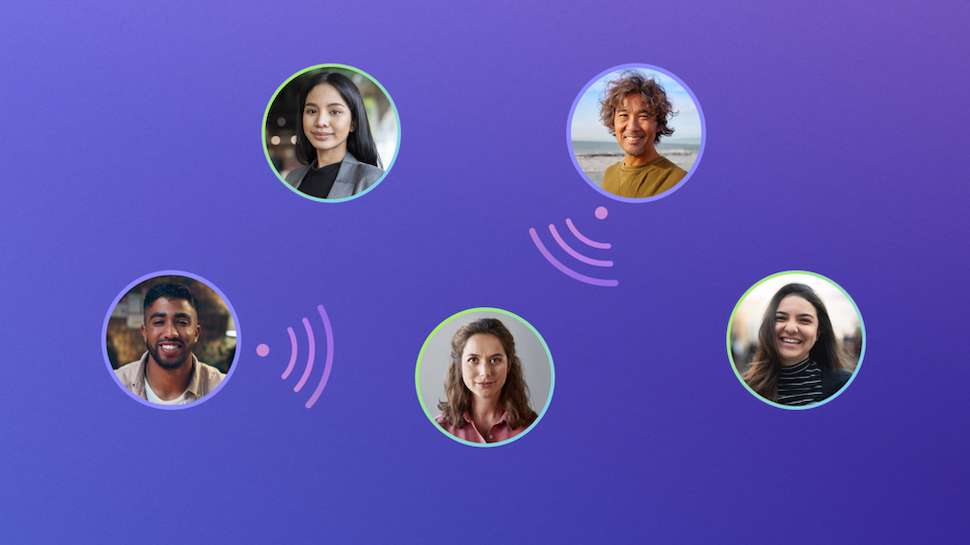
It’s been a long time in the making, but Microsoft Teams is finally now available with spatial audio to help make calls more immersive and life-like.
We first covered the soon-to-be-added feature in March when we spotted an entry into the company’s roadmap, which to this day promises rollout starting in April. Having presumably passed testing stages, Microsoft announced in August that the feature is now generally available.
For those with compatible hardware, voices will now be spatially separated to facilitate binaural hearing in relation to a participant’s location on the screen, which Microsoft hopes will reduce fatigue and cognitive load.
Spatial Audio for Teams
Comparing separate channels to a single channel (if you’ve ever experienced a multi-channel home cinema setup or indeed one in a cinema, you’ll recognize the difference), Microsoft’s Hong Sodoma, who manages Teams audio experience, calls on the ‘Cocktail Party Effect’ study to explain the comprehension and memory benefits associated with multi-channel audio.
Teams isn’t the only video conferencing app to have implemented the revolutionary audio experience, though. Apple fans will boast that FaceTime has benefited from the tech since iOS 15 and macOS Monterey.
Despite desktop general availability, there are some hardware limitations that mean some Teams users may not be able to jump into the immersive experience just yet, in addition to some software niggles such as conference calls with 100+ participants, whereby spatial audio may not work as expected.
For those looking to listen via open speakers, they much support stereo audio, which for the most part, should not be a problem given this has been fairly standard for several years in all but the most basic hardware.
Headphone users may be less satisfied - Microsoft only supports wired headphones at the moment, so unless you can plug in via USB or the audio jack, you won’t be able to hear spatially separated voices. Some Bluetooth LE headphones may support spatial audio, but details are thin on the ground.
TechRadar Pro asked Microsoft whether it knew of any supported models, but the company did not immediately respond.
- These are the best productivity tools for getting the job done







